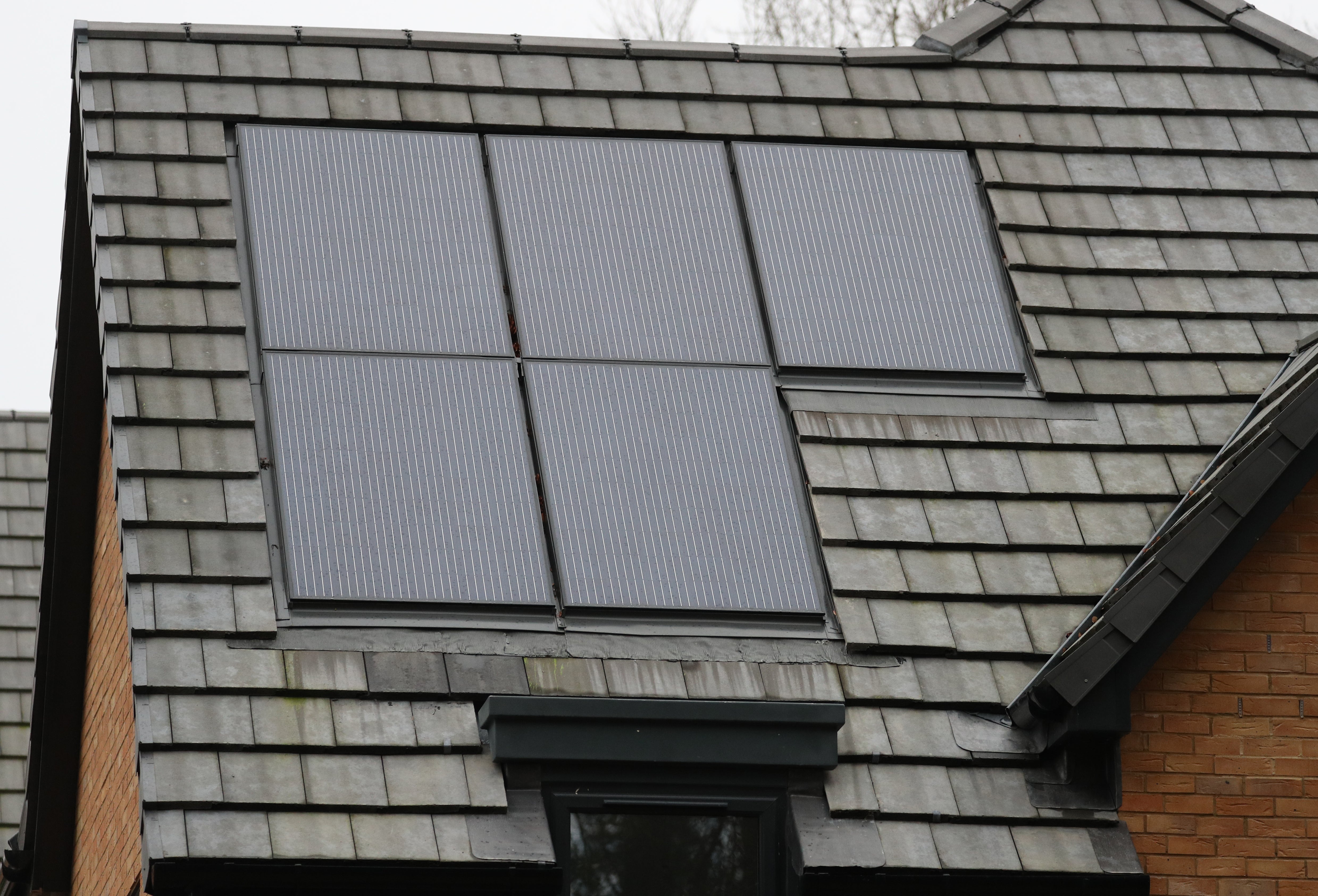Is going off grid the answer to the energy crisis?
As energy firms continue to drop like flies, we run the numbers on avoiding them altogether

In case you really hadn’t noticed we’re in the middle of an energy crisis.
Millions of households are bracing themselves for energy price hikes, as Ofgem’s price cap increases at the end of this week.
Several smaller energy firms have already gone bust and there are warnings of stock shortages at the supermarkets after wholesale energy prices shoot up by 250 per cent.
There are many reasons for the energy crisis, from a surge in global demand to electricity supply issues.
However, it’s also worth looking at the fact that the UK is one of the most gas-dependent countries in Europe. It also has the least energy-efficient housing stock in western Europe.
To add insult to an already tumultuous few years, panic buying and supply issues have led to petrol shortages across the country.
While electric car owners have been able to power their cars still, many petrol stations have run out of petrol.
The government has repeatedly reassured the public that supplies won’t run out. But is this just another wake-up call that making a switch to home grown renewable energy, as soon as possible, is the best solution?
This has already started in some areas, for example with Passivhaus developments. These homes are so energy efficient they rarely require extra heating or cooling, because of the construction, insulation, and ventilation.
This means energy bills are also a lot lower and in the largest development of 72 homes in Plymouth, energy costs are so low for people living in these houses they’re also far less likely to default or get into arrears.
But for most people, one of the main barriers to renewable energy, and electric cars, is the upfront cost.
Some of the most popular alternative ways to power your home include solar panels, wind power, heat pumps, and heating oil.
Although the cost can vary considerably, and you also need to factor in both the installation and maintenance costs.
Mark Bennett, energy specialist at energyhelpline.com, says: "Solar energy is probably the most popular method for consumers to power their own homes, with nearly a million properties in the UK having solar panels installed. It is a great way to reduce your electricity bill, be more environmentally friendly and when you generate a lot, you can sell it back to the national grid.
"Wind power is another sustainable way to reduce your reliance on electricity, with a small pole mounted turbines able to reduce your bill by around £250 a year. While heat pumps, which use the air outside your home to heat your water and keep your house warm. It is a similar system used by your fridge, but in reverse.”
If you’re thinking about installing solar panels, space is key and the more you have, the more electricity you should be able to create. However, again this depends on the size of your home, and isn’t helpful if you’re if you live in a small city-centre flat, for example.
The Energy Saving Trust says an area of 10 to 20 square metres would be enough to create between 20 and 45 per cent of an average home’s electricity. Ideally the roof would be south-facing, unshared, and be at an angle of 20 or 40 degrees, and if the roof is north-facing you usually can’t get them installed.
The average cost is £4,800 to install. How long it would take to recoup these costs depends on the amount of electricity being produced.
Average yearly electricity bills are around £710 so if your solar panels were responsible for 45 per cent of the electricity you used that would be a saving of £320 a year. By these rough estimates it would take 15 years until you’d paid off the installation costs.
Heat pumps, which use pipes that are buried in the garden to extract heat from the ground, are another option. The EST says they can be fitted to almost any property including older buildings, which are traditionally considered harder to heat.
However, they require a garden, and insulation costs can be between £14,000 and £19,000, according to the EST, which will make them unaffordable for most households.
It is possible to receive money from the government for the amount of clean, green, renewable heat a system produces, through quarterly payments for the first seven years after installation, through the UK Government’s renewable heat incentive.
With any changes away from traditional energy sources, how much you may be able to save, both in money and emissions, will depend on what system you use now, what you’re replacing it with, and the size of your home.
Therefore it’s vital to research all the options before making any changes, especially when such high initial costs are involved.
Mark adds: "If you are going to try an alternative method for your energy generation, make sure you do your research. And while some of the benefits and costs can see significant, don’t forget that you will have to pay for them to be installed and maintained, just like your radiators and boilers."
Subscribe to Independent Premium to bookmark this article
Want to bookmark your favourite articles and stories to read or reference later? Start your Independent Premium subscription today.

Join our commenting forum
Join thought-provoking conversations, follow other Independent readers and see their replies